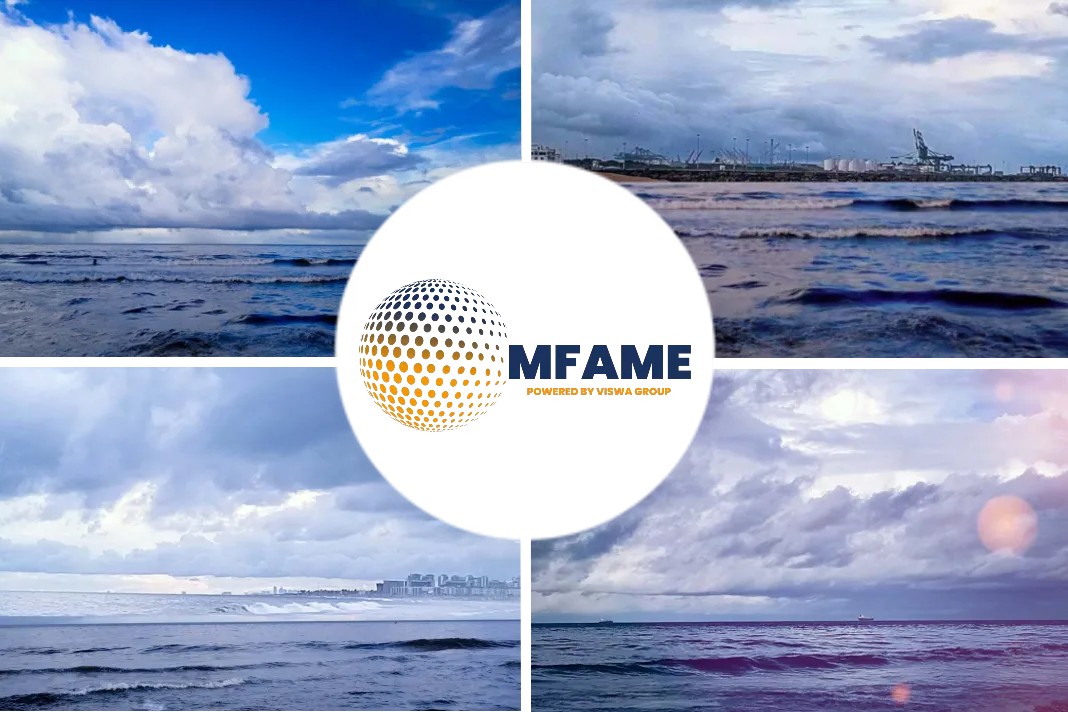“Unsinkable” probably isn’t the best word to use when talking about ships, but despite what we know about the Titanic, researchers at the University of Rochester have designed a new type of metal that actually does float no matter how much you try to prod it underwater, says an article published in Popular Mechanics.
They even tried puncturing the material and it still wouldn’t capsize.
A Nanoscale Material That Holds the Truth
The material, which the researchers etched with designs at the nanoscale that allow it to trap air bubbles, could theoretically lead to a truly unsinkable ship or a perfect life preserver, according to Chunlei Guo, a professor of optics and physics at the University of Rochester who coauthored a paper on the new metal in the journal ACS Applied Materials and Interfaces. The research was funded by the Bill & Melinda Gates Foundation, the U.S. Army Research Office, and the National Science Foundation.
Superhydrophobic Spiders and Ants
In nature, plenty of creatures—like spiders and fire ants—can float or skim on the surface of water for long periods of time, which inspired the researchers. But just how do they do it?
The answer: They trap air bubbles. Argyroneta aquatic spiders, for instance, can create an underwater web, shaped like a dome, by filling it with air with their superhydrophobic legs and abdomens. Fire ants, for their part, create a sort of “raft” by trapping air with their superhydrophobic bodies.
Hydrophobic and Hydrophilic Interactions Play A Role
Here’s where we need to go back to high school biology class for a moment. There’s a good chance you sort of remember the terms “hydrophobic” and “hydrophilic” if your teacher broke down the Latin roots of each word: “phobic,” meaning fear, and “philic,” meaning to show love or fondness. That’s how you were supposed to remember if a material got along with water, how the teacher explained why oil and water don’t mix; hydrophobic surfaces have a barrier-like property that causes them to repel water.
Lipid bilayers govern it
Looking to the basic structures of a cell, one of the first things we’re taught is that each and every one contains a lipid bilayer to help keep the contents of the cell inside like a perfect little bubble. Lipid bilayers, made up of two sheets of fat cells, form the cell membrane. It’s about five nanometers thick and insoluble in water, just like oil.
“Bilayer” indicates there are two layers, of course, as pictured above. Each layer contains fatty lipids with two significant regions: the hydrophobic tail, which resists water, and the hydrophilic head, which plays nice with water. Since the heads of the lipids point toward the outside of the cell on one layer and inside of the cell in the second, all of the tails are hidden inside the bilayer, making the whole structure impermeable to just about everything but water and gases without the help of other structures.
What’s so exciting about the material?
The material that Guo’s lab produced is a superhydrophobic metal, which basically means it does an incredible job of repelling water, making it possible to float. That’s why the researchers believe this metal has a future in shipbuilding.
In their paper, Guo and his co-authors note that “multifaceted superhydrophobic (SH) surfaces can trap a large air volume, which points towards the possibility of using SH surfaces to create buoyant devices.”
Lasers To Make The Material
To create that superhydrophobic property, the researchers used lasers to etch micro- and nano-scale patterns onto the surface of the structure. Specifically, they used a technique that Guo helped develop back in 2015, which uses lasers to make materials more water-repellant than even Teflon, which is commonly used to make nonstick pans.
“The water falls toward the surface and is repelled and bounces off the surface,” Guo explained in a university press video on YouTube. “This is achieved by creating a unique pattern of surface structures at micro- and nano-scales with our laser processing technology.”
How was it made?
To create the patterns, which become part of the material itself, they used femtosecond lasers, which emit pulses of light for an ultra-short period of time, to the tune of 10−15 seconds. As a result, the material can trap air bubbles to help it repel water, just like those spiders and fire ants. In this case, they used aluminum, but they note in the paper that any metal could be used.
Guo and the rest of the team hope this technology will be commercially embraced, but it will take faster lasers to create these patterns efficiently enough to make economic sense at scale.
Did you subscribe to our daily newsletter?
It’s Free! Click here to Subscribe!
Source: Popular Mechanics


















